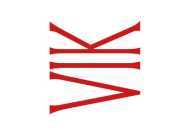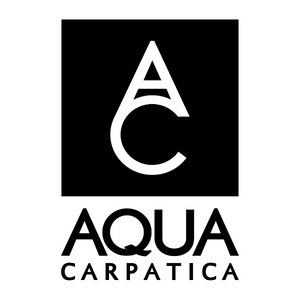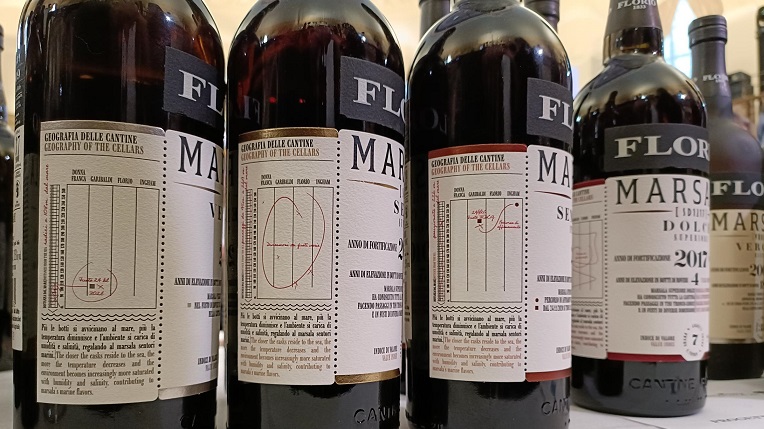
The location of the barrels in Cantine Florio’s massive cellar in Marsala, a town in the northwest area of Sicily, is so important it is indicated on the labels of its new Geography range. The range comprises wines from the most distinct casks.
Below is a map of the 20,000sq m cellar. Florio, one of the world’s great Marsala producers, has been making these fortified wines here with the traditional in perpetuum (solera) system since 1833.
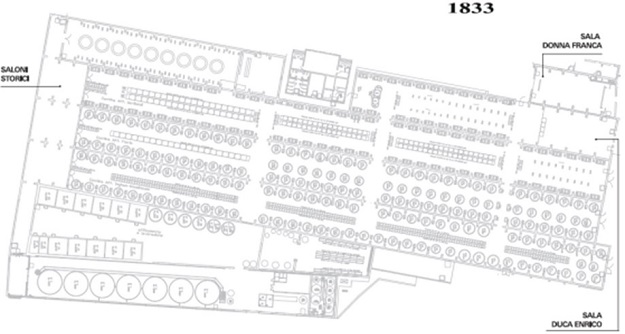
“The area is characterised by high temperature, low humidity and a lot of wind, so much so that is the most famous stop in Italy for kitesurfing,” director Roberto Magnisi informs me.
The map shows the historic cellar is divided in naves. The western side is closer to the sea and notably more humid and lower in temperature than the eastern side.
It’s led to Roberto talking about – and explaining – the terroir of the cellar and its contribution to the finished wines.
Asked about the cellar’s important role in the winemaking process, he replied: “Because the cellar is located in front of the sea, at 95m, and develops in length for about 300m with an increasing slope as we move away from the sea.
“The floor is made of tuff, therefore permeable, allowing the cellar to ‘breathe’.
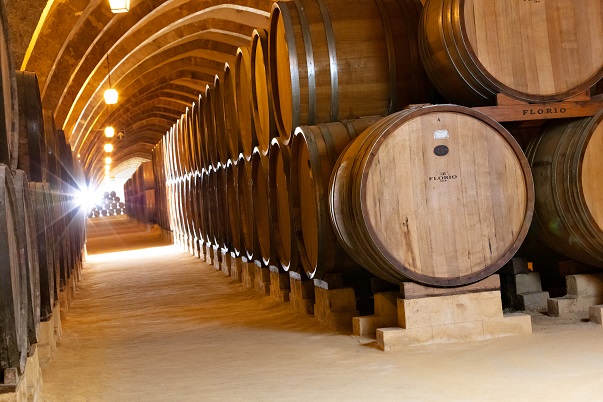
“This is the reason why in the initial part of the cellar – called ‘saloni sotrici’ – we have small infiltrations of sea water that increase the humidity and decrease the temperature of the environment, as well as giving the savoury and brackish character to our wines aged there.
“The further we move away from the initial part – and therefore from the sea – the more the temperature rises, while water infiltrations and humidity decrease.
“Our cellar doesn’t have a controlled temperature and humidity – it’s the reason why the succession of seasons, the different distances from the sea, the climate and the temperature as well as just the tours of the visitors have a great influence in the ageing environment.
“So many areas of ageing are formed in different points of the cellar, with characteristics of humidity and temperature that are always different, day after day, season after season and year after year.”
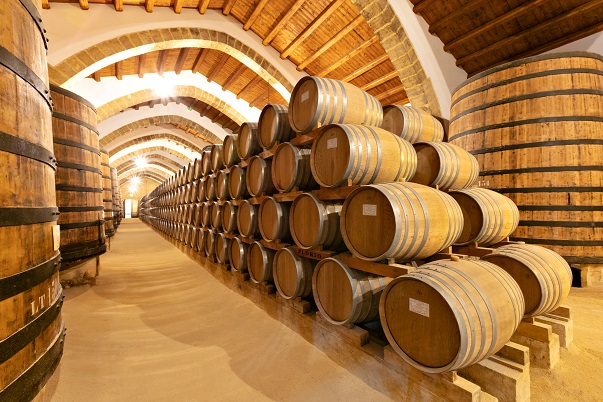
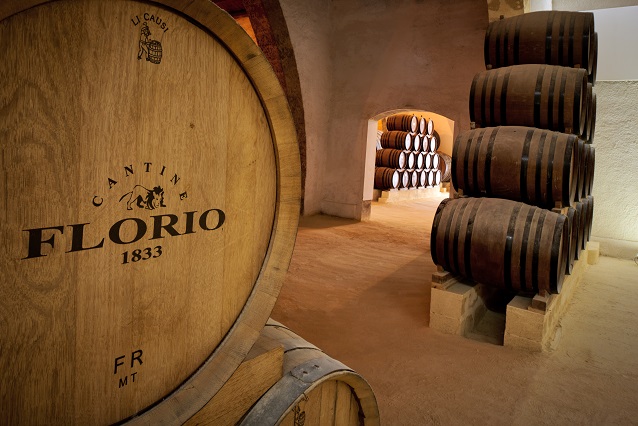
The size of the barrel in each location also influences the wine.
There are about five million litres of Marsala resting here, in 3,000 casks of varying sizes and ages. The barrels range from 100L capacity up to 64,000L, with the wine in the smaller vessels more influenced by the surrounding environment than that in larger casks. The oldest barrel is from 1915.
“The different sizes and the different ages of the containers, combined with the different climatic characteristics of each area of the cellar, give unique characteristics to the Florio wines,” Roberto continues.
“This is the reason why in Florio we talk about cellar terroir. The Florio cellar is unique and inimitable and characterises the products in an incomparable way.
“The importance of our cellar in the characteristics of the product is such that we have decided to bring it back into each bottle, stylising the naves of the cellar and reporting the trail that each product has within it during the years of ageing.”
Cellar position as a tool
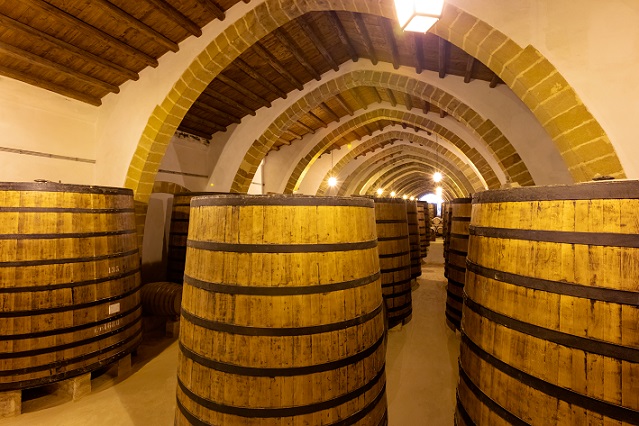
This trail is a tool winemaker Tommaso Maggio can use. As Roberto explains: “The trail in the cellar is chosen by the oenologist who monitors and tastes the products during the ageing, so as to place them in areas with the right characteristics to obtain their best expression of Marsala.
“Oxidation can be accelerated and decelerated. If we want to slow it down, we work in the part closest to the shore. If we want to produce a Marsala that develops tertiary aromas quicker, then we work at the back of the cellar.”
Highlighting the angel’s share
Another key contributing factor is the angel’s share, which is also identified on the labels.“The angel’s share is a percentage that indicates the amount of liquid that during the years of ageing ‘is shared with the angels’, i.e. evaporates. In our cellar geography, if the liquid ages in an area far from the sea, with warmer temperatures and low humidity, we have a greater angel’s share. If we are close to the initial area, with lower temperatures and higher humidity, we will have a lower angel’s share.
“We consider it as a quality index: the amount of liquid that evaporates allows a greater concentration of aromatic substances, sugars and a greater density inside the Marsala which remains inside the tanks.
“The highest angel’s share we currently have in our Marsalas is in the Marsala Superiore Riserva Dolce 1994, and is equal to 42%. This means that during the years of ageing, we lose almost half of the liquid.”
I wondered if this loss was sustainable economically.
“These are important products, with a high pricing position, mainly for wine experts. This is the reason why it’s sustainable,” Roberto replies.
Prices are £140-250+ (compared to £40-50+ for the Classic Range and £65-85+ for the Premium range).
The winemaking
The winemaking method involves arresting the fermentation process by fortifying the wine with a 96% ABV grape spirit. If the wine is fortified before fermentation is complete, the wine will be classified as dolce (with more than 100g/L of residual sugar) or semi-secco (41-100g/L). If the spirit is added when fermentation has finished, the wine will be secco (maximum of 40g/L).The time in oak also identifies the category: Marsala Fine (typically used for cooking) spends at least a year in wood, Superiore at least two, Superiore Riserva at least four, Vergine at least five, and Vergine Riserva a minimum of ten years.
The wines are also classified by colour: ambra (the amber colour coming from cooked grape must called ‘mosto cotto’, which also gives Marsala its caramel flavour), oro (golden), and rubino (which is made from red grape varieties).
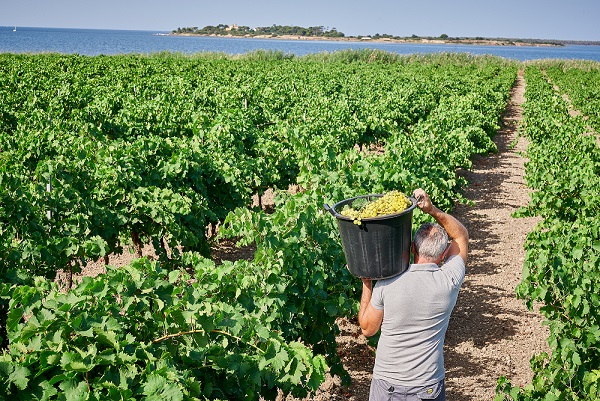
I wondered if the influence of the cellar was stronger and more influential than the terroir of the vineyards where the Sicilian grape varieties – mainly Grillo but also Cataratto and Nerello Mascalese – grow.
“Both,” Roberto responds. “It is not possible to evaluate one superior to the other – they are both essential.”
He also points out they only work with perfectly ripe grapes. “All the elements of the grape have to be perfectly ripened – skins, juices, pips and stalks,” he says. “The objective is to steal the soul of the pips, to steal the soul of the skins, to steal the soul of the stalks.”
Once in the winery they are subject to hard, extreme, and oxidative winemaking techniques. An example of this is the pressing regime: the presses exert up to 60 bars of pressure to maximise polyphenol extraction, which is essential to create Marsala with the robustness of structure to age for years in an ancient, beautiful cellar near the sea.
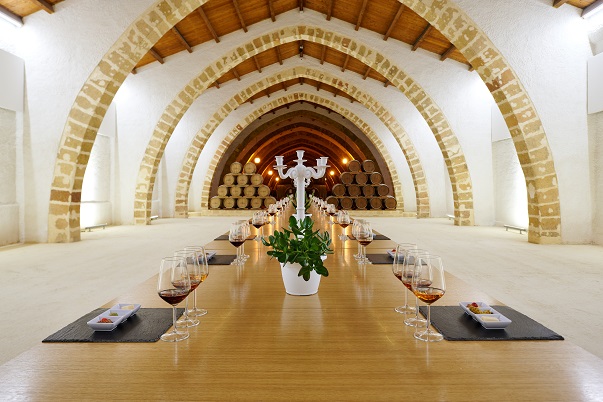

 English
English French
French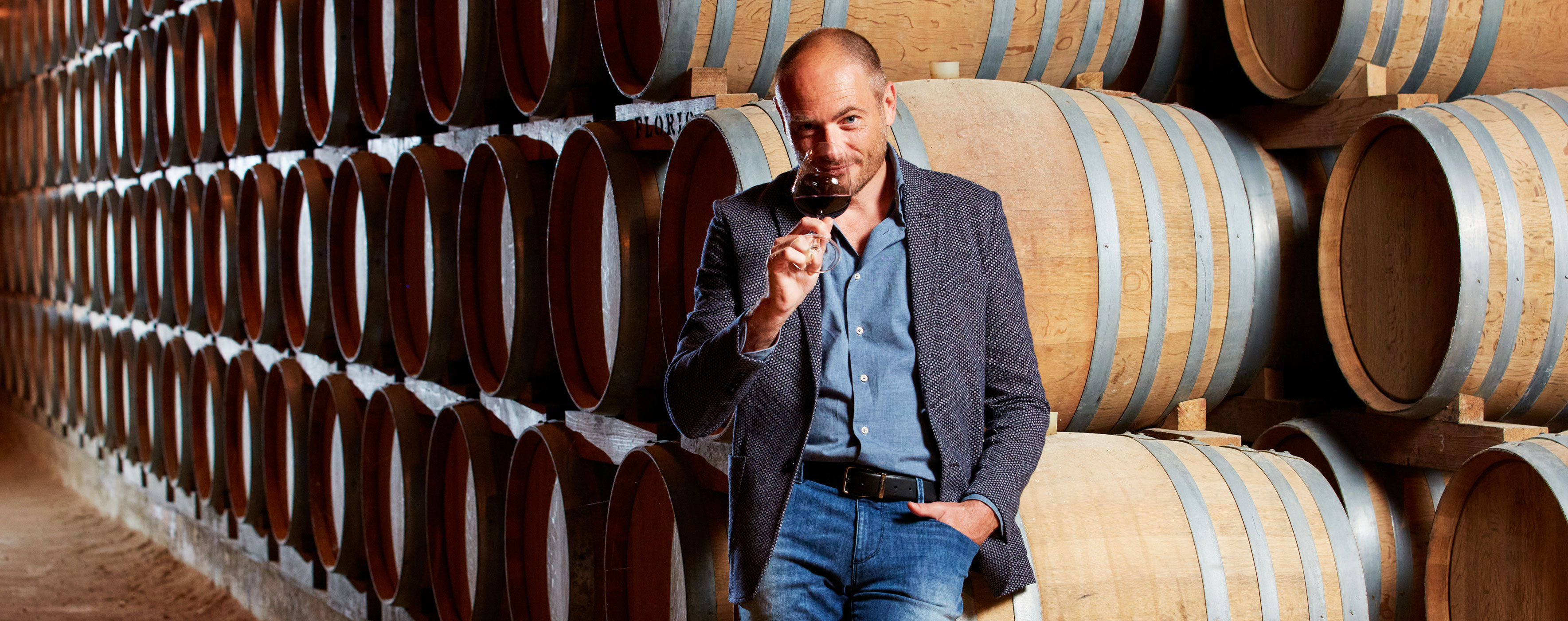


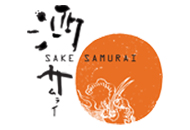
.png)
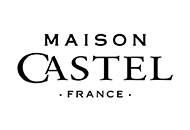

.png)

